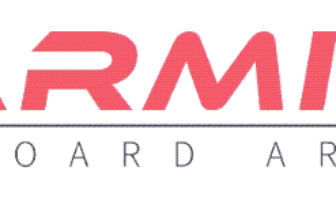
Motherboard – CPU Damage From Power Supply
[ad_1]
The number one cause for damaged motherboards and/or CPUs is a faulty power supply. Several years ago my home PC's power supply literally caught on fire. When the power supply went it took my motherboard and both hard drives with it. Needless to say I lost a lot of data I did not have backed up.
When customers bring in their PC's to get repaired with the “I push the power button and nothing happens” symptom, it is all too evident what happened. Whether it was some kind of power surge or an internal fault with that power supply, it doesn't matter, that PSU is toast. Now you need to figure out if the damage is limited to the power supply or if it took out other key components as well.
First thing, change the power supply. The PC will get power and the fans will spin, but will the motherboard POST? If it doesn't you have to eliminate other components first. If you have two sticks of memory remove one stick at a time and attempt to start again. If it fails reinstall the one you removed and then remove the next one. If start up still fails remove both sticks of memory and install another stick that wasn't in the PC originally. If that fails, then you can eliminate memory from being the problem.
Next thing to do is to reset the CMOS to default settings. This can be accomplished by a reset jumper on the motherboard. The jumper should be located very close to the CMOS battery. The battery is the size of a quarter. Close by you should see three pins with a jumper on two of those pins. To reset the CMOS, move the jumper over one slot. If you have difficulty with this, an alternate method is to just remove the battery itself for a minimum of one half hour. Please consult the motherboard's manual for exact instructions. If you don't have the manual, it can be found online with a little bit of research.
If the CMOS reset worked, GREAT! All you have to do is reset your clocks and you should be in business. If it did not work you can try disconnecting your hard drive and see if the motherboard will post. From experience, this is a long shot, but you must try it first. If you are still not having any luck, then either the Motherboard or the CPU or both are damaged.
Now there is no sure fire way of determining which of the two is bad without replacing one of them. The dangers of this is that if you guess CPU and it was the motherboard, when you replace the CPU with a new one you WILL most likely damage the new CPU. Therefore it is wise to replace them both. If you don't, you could end up spending a lot more money than you originally planned.
Of course, now that you've changed the motherboard and CPU all the hardware is working, and you think that you are out of the woods. BUT, that is not the case. When you try to start Windows, 9 out of 10 times, the operating system will not load because of the new motherboard. If you replaced the motherboard with the exact same model, you probably won't have this problem. If you replaced the motherboard with a different model then you have two options:
1. Try doing a repair installation of Windows. You will need the Windows disk to accomplish this.
2. If the above fails, then you will have to reformat your hard drive which means wipe everything off the drive and do a clean installation of Windows.
If you have valuable data on your drive that is NOT backed up, you are going to have to start looking at ways to retrieve that data BEFORE you reformat.
Good Luck!
[ad_2]
Source by John Vizaniaris




